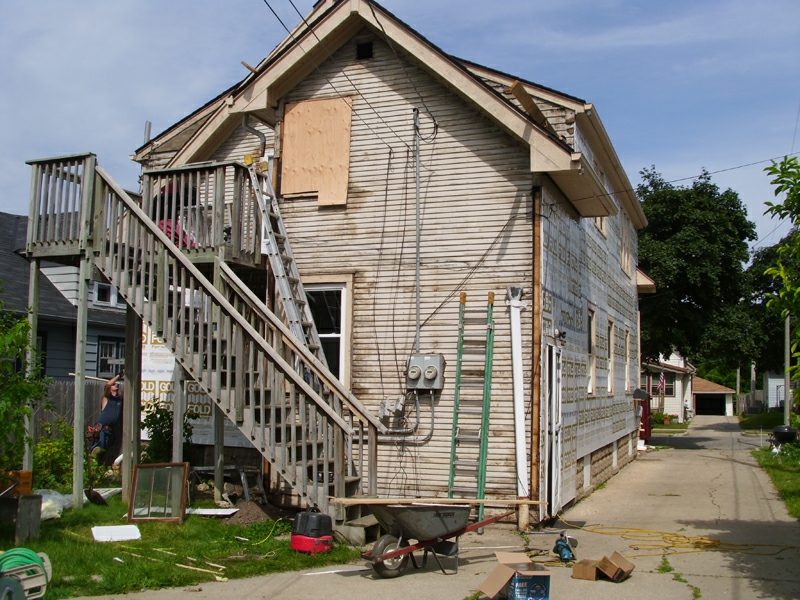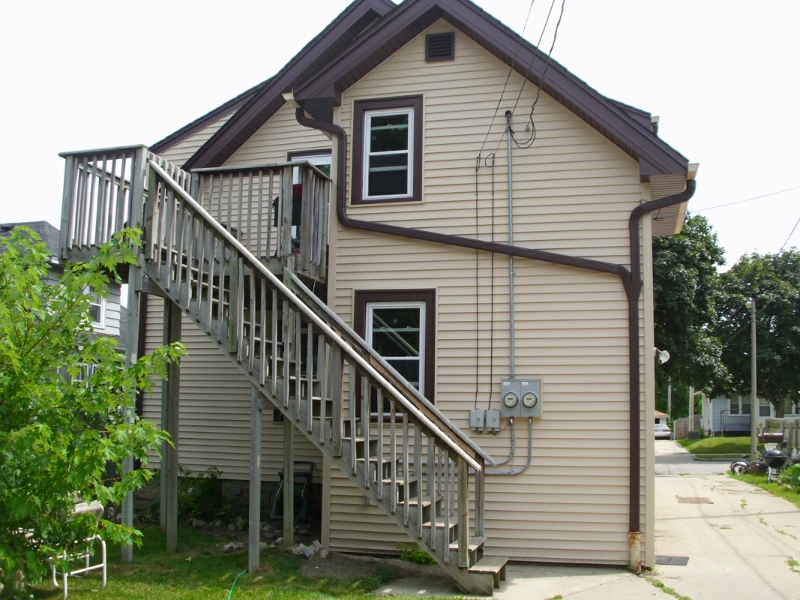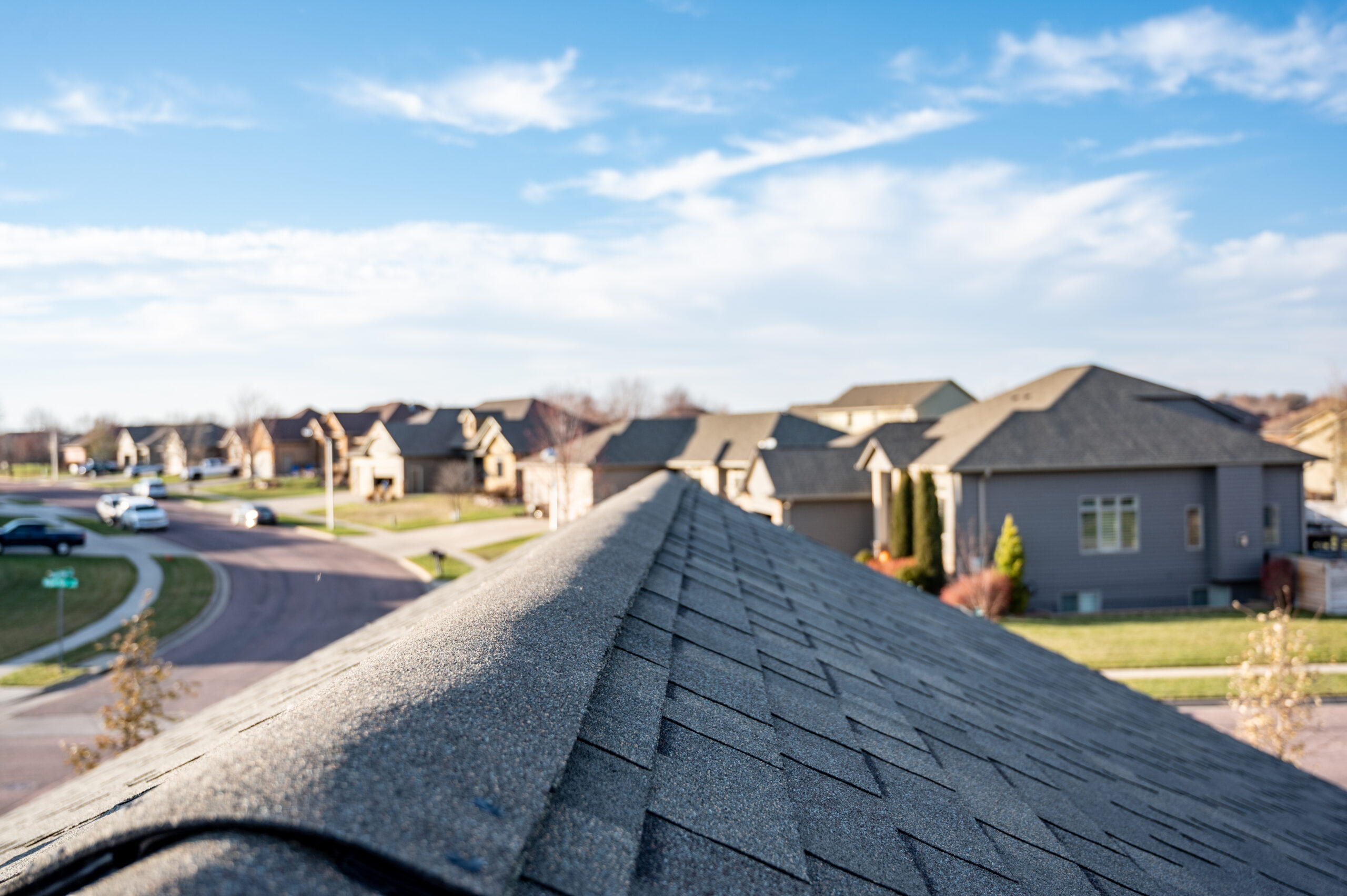MILWAUKEE CONTRACTORS & EXTERIOR SERVICES
With over 50 years of combined roofing experience, A Custom To has gained a reputation as one of the best Milwaukee roofing contractors the south-eastern Wisconsin area has.
Known for its historic charm and strong brewing tradition, the “Cream City” has many historic buildings, neighborhoods, and older homes that require regular roof repair and exterior upkeep to maintain its one-of-a-kind appeal.
Our professional roofing contractors have skills and experience that complement the special needs of classic and vintage home roofing found in the Milwaukee and Waukesha area. Let us recommend the best solution for your budget. We offer a wide range of shingle types and roofing materials from brands you trust, like GAF, Owens Corning and TAMKO.
Our Preferred Method
All of our work is backed by our One Year No-Leak Guarantee and 10 Year Craftsmanship Warranty along with the manufacturer’s warranty. We are also members of the Milwaukee Chapter of the National Association of the Remodeling Industry (NARI).
In addition to our roof installation and repair services, we also offer:
Contact or Call Us today to schedule an inspection with one or our Milwaukee and Waukesha home improvement contractors and get your free estimate.
Do you have an exterior project coming up?
Call us today for a free estimate, or send us a message
and we will get in touch soon!
A Custom To, LLC
1640 S 83rd St
West Allis, WI 53214
Business Hours:
7:00 AM – 5:00 PM
Monday through Friday
Phone:
414-376-5568
Email:
qualitywork@actesllc.com





